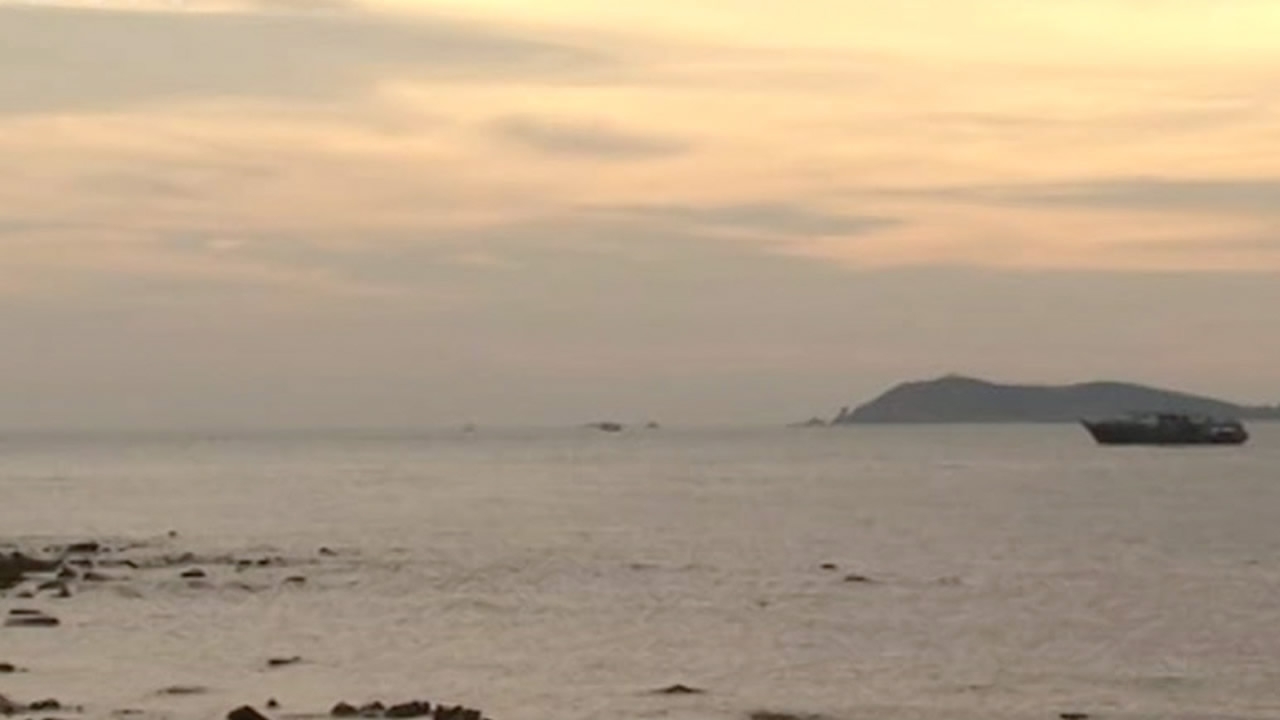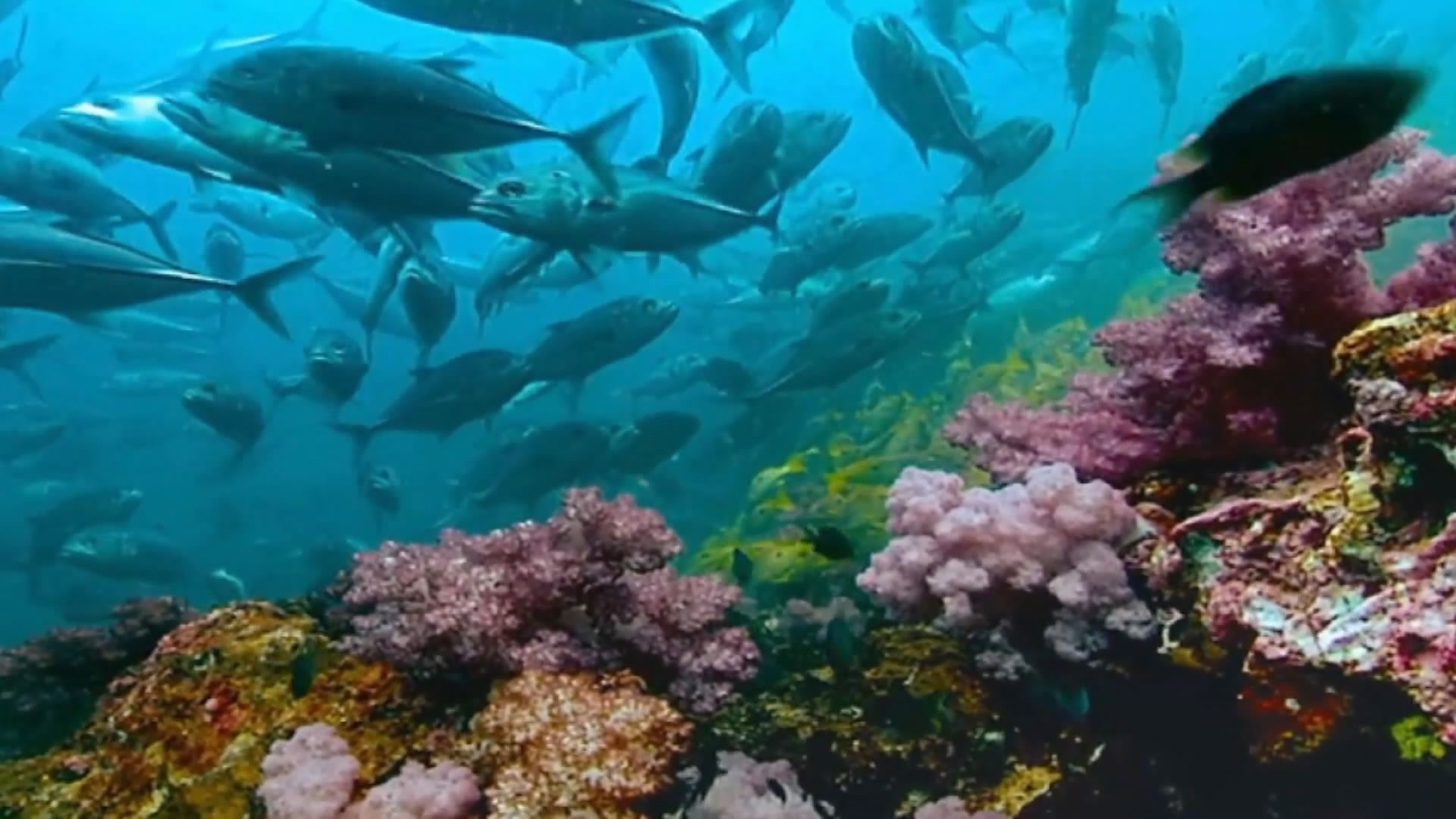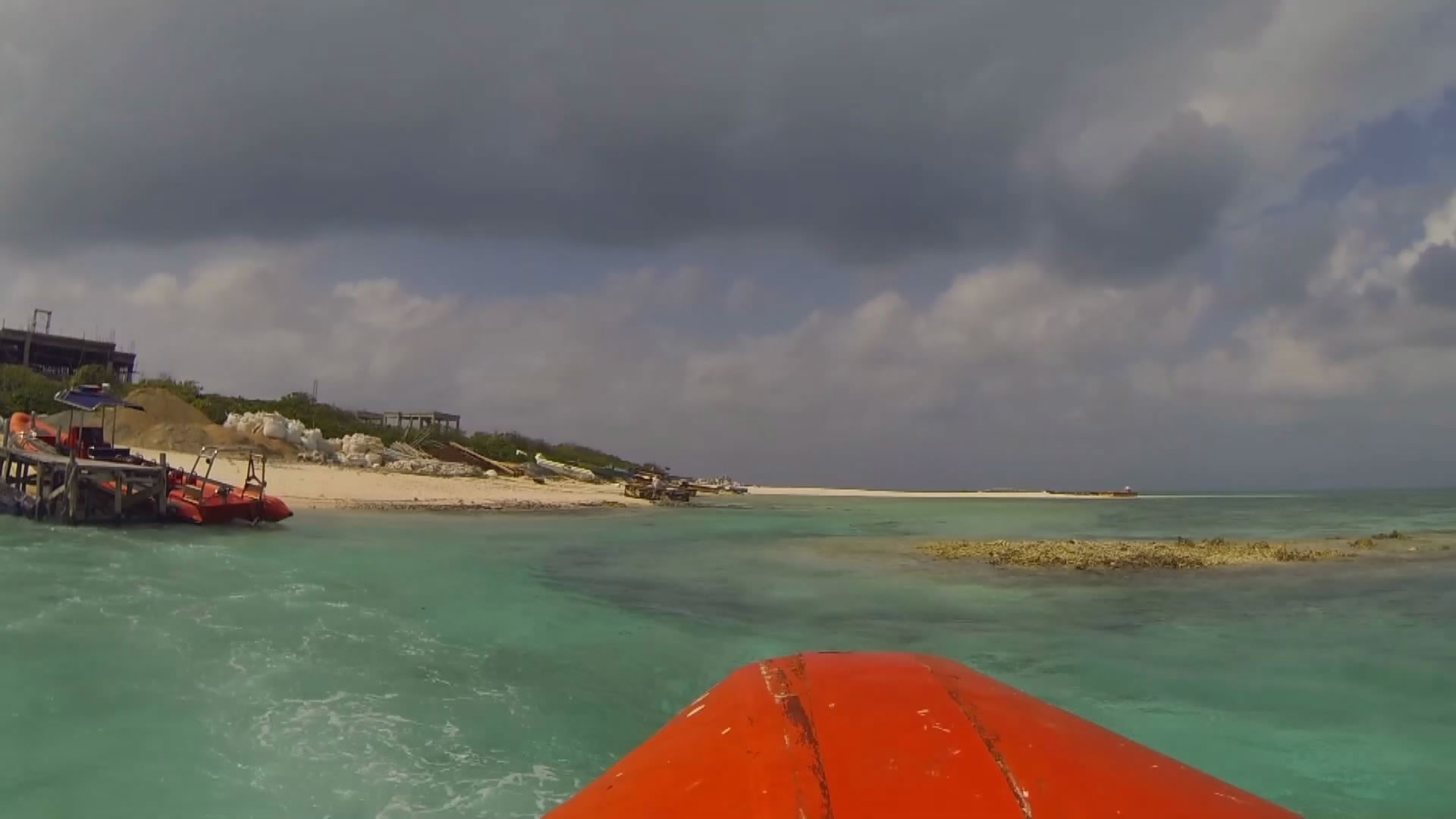
China
22:42, 08-Mar-2017
South China Sea city strives to make islands green, waters blue
Updated
10:59, 28-Jun-2018

By CGTN's Han Bin
Nearly five years after China’s southernmost city Sansha was established, it is playing a growing role in strengthening the country's foothold in the South China Sea. CGTN caught up with its mayor, Xiao Jie, who is in Beijing for the Two Sessions as an NPC Deputy.

CGTN reporter Han Bin interviews Xiao Jie on March 6, 2017 in Beijing. /CGTN Photo
CGTN reporter Han Bin interviews Xiao Jie on March 6, 2017 in Beijing. /CGTN Photo
China’s blueprint for maritime rights
Mayor Xiao Jie has spent most of his time over the past five years visiting islands in his jurisdiction. And he understands the city plays a strategic role in exercising China’s sovereignty in the South China Sea.
The blueprint for maritime rights was released during the political session. The work report says the government wants to move faster to build a stronger maritime country, and to better safeguard its rights and interests. Xiao Jie said he was encouraged that the government had a clear strategy. “Sansha is a good example of such policy,” he said.
A beautiful place with a better ecosystem
The authorities have taken various measures to make Sansha more beautiful, Xiao Jie noted. The concept of eco-construction is a common practice. The aim is to make Sansha’s islands green, and its waters blue. On some islands where natural conditions are fragile, no construction is allowed.
Tourism in the South China Sea will become a natural choice for the government and business companies. Compared with its neighbors, China started very late and has only just begun to test a few routes on restricted islands in the Xishas, also known as the Paracels, over which China believes there is no dispute.
Xiao Jie said tourism in the South China Sea will not be developed so fast as to create an added burden for the islands ecology. Last year, two million trees were planted to prevent shoreline erosion. Another million will be added this year, in the Xishas and Nanshas.

Coral reef habitat in the South China Sea. The coral reefs are among the most productive ecosystems supporting the balance and diversity of marine resources. /CGTN Photo
Coral reef habitat in the South China Sea. The coral reefs are among the most productive ecosystems supporting the balance and diversity of marine resources. /CGTN Photo
Representing sovereignty with law enforcement
Xiao Jie said the civil-military integration system for law enforcement was progressing. Sansha has formed a three-tier mechanism - the civilian militia, the Coast Guard, and the military - to expel intruders in waters claimed by China.
The State Council clearly states that Sansha is responsible for the administrative jurisdiction of the Xisha, Zhongsha and Nansha islands and their surrounding waters, covering an area of about two million square kilometers. The city is introducing a legal intervention mechanism to improve effective law enforcement.

Sansha's largest law enforcement vessel, patrols in waters claimed by China. /CGTN Photo
Sansha's largest law enforcement vessel, patrols in waters claimed by China. /CGTN Photo
A happy place to live
Infrastructure has been rapidly upgraded in Sansha, according to Xiao Jie. Daily business flights to Yongxing Island, the largest of the Xisha islands, are expected to increase, and tourism services on the islands are on the rise. Many islands now have neighborhood committees, water, electricity, infrastructure, and even entertainment to provide a better quality of life. With gradual development, islands in the South China Sea can serve as staging posts for neighboring countries in the Belt and Road Initiative.

Heading for Jinqing Island, the headquarters of the Yongle Island Group in Xisha. /CGTN Photo
Heading for Jinqing Island, the headquarters of the Yongle Island Group in Xisha. /CGTN Photo
The dream is to build Sansha into a sea border place that represents China’s sovereignty through law enforcement, a beautiful place with better environmental protection, and a happy place to live with much improved living conditions and infrastructure, said Xiao Jie. The future for Sansha is bright, but the challenges are formidable.

SITEMAP
Copyright © 2018 CGTN. Beijing ICP prepared NO.16065310-3
Copyright © 2018 CGTN. Beijing ICP prepared NO.16065310-3